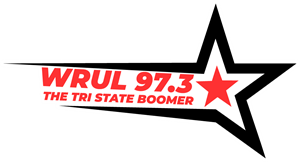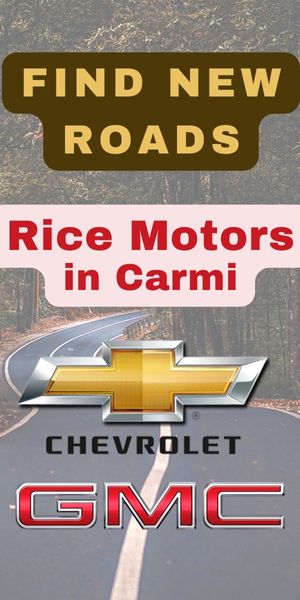White County Historical Society Dinner
While Carmian Ralph Anselment was deployed in the Pacific on the front lines, dozens upon dozens of White County natives worked in Evansville’s wartime industries. Jeff Deig and Steve Witte of the Evansville War Museum presented the Spring program at the seasonal White County Historical Society meeting Monday night.
Prior to World War II, Evansville was in the midst of a downturn with an unemployment rate of 13%. However, all the pieces were there, including 200 factories. Mayor Dress travelled to DC to sell Evansville manufacturing for the upcoming war effort. As Witte and Deig described, this was an important foresight as Pearl Harbor hadn’t even occurred when the meeting took place. Pearl Harbor happened in December of ’41. Mayor Dress was busy prepping Evansville for a war time boom in 1940. Following that visit, the Department of Defense travelled to Evansville with engineering specs and must’ve liked what they saw. As the crowd learned, Evansville and the workforce from within and surrounding areas including White County played an integral part.
Many of the 60+ White County individuals known to have played a part in the Evansville war effort worked in the shipyards where more than 150 LST’s were built. Deig says the ships were built 10 at a time and took 60 days at their highest level of production. 18,000 individuals were in the workforce before the war. During Evansville’s wartime manufacturing boom, there were well more than that many people working in the shipyards alone.
Among the companies and products made were Chrysler. They’re production freeze on vehicles included a million dollar conveyor belt that would pay for itself within 6 months. Chrylser Evansville was responsible for producing more than 3.2 billion rounds. The museum even has one of the last 1939 Plymouths that rolled off the assembly line. Republic Aviation played a part in building P-47’s, P-51’s, P-39’s, P-61’s, A-35A’s, B-25’s, C-45’s, and B-24’s. In addition to the aircraft factory, the Modification Center helped the U.S. respond to real-time issues found on the forefront and better outfit soldiers and their equipment for success. For instance, they modified or retooled more than 1,600 Sherman tanks that were lacking needed armor. Chrysler added grousers to the tank tread to help the vehicles climb out of ditches and soft ground. Furthermore, they rolled out and improved more than 4,000 Dodge trucks including a weapons hauler that is part of the museum’s photo opp displays today.
Sunbeam Electric made locomotive headlights prior to the war effort. During, the company rolled out bomber gun turrets, parts for bazookas and more. Faultless Caster manufactured millions of Navy tracer rounds. Bootz Manufacturing made Anchor Chain used on the LST’s, powder cans and more. Servel produced more than 29 million ammunition casings, 2 million landmines and more. American Fork & Hoe produced bayonets, axes and shovels. Bucyrus Erie, Witte described as a legendary Evansville company that’s been forgotten played a part in the war and also a huge part in the building of the Panama Canal. They specialized in earth moving equipment. International Steel produced various shipyard components, built Bailey Bridges for short distances, and also pontoon Bailey Bridges for longer passes. Mead Johnson produced life-saving materials and injections to help wounded soldiers hang on until they could receive proper medical care. Hoosier Cardinal, Anchor Supply, Shane Uniform and many others played essential, vital roles.
And yet, while many who look back will say it was everybody coming together that helped make the difference, you don’t have to look far to realize we still had a long way to come as a country as well. Women were primary in the war effort serving as welders, riveters, and impressively as ferry pilots many times having to be able to fly on average 62 different types of aircraft. While women stepped up, Americans still kept USO’s segregated however.
The Evansville Red Cross Canteen served more than 1.6 million people, at it’s peak 1,280 meals per day. Witte and Deig say it was the busiest Red Cross in the country, mainly because it served as a crossroads for troops. A total of 7 railroads came through Evansville making it an indisputable hub to the rest of the U.S.A.
The museum is open from 10am – 4pm on Saturdays and from noon – 4pm on Sundays. It’s located at 7503 Petersburg Road in Evansville. For more information, you can call 812 – 424 – 7461.













